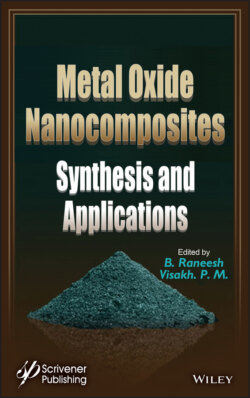Читать книгу Metal Oxide Nanocomposites - Группа авторов - Страница 82
3.6 The Mechanics of Graphene Nanocomposites
ОглавлениеThe mechanics in nanomaterials encompasses the physical aspects of mechanical engineering namely elastic moduli, contact forces, friction, etc. which are largely influenced by chemical reactions based on inter-molecular, thermal fluctuations, chemical bonds, etc. [42]. The mechanics of graphene nanocomposites have been extensively discussed based on the periodic hexagonal chemical structure of graphene. The distinctiveness of material characteristics of graphene sheets is influenced the size of graphene sheets, L, which should be far larger than the size of the carbon ring, its smallest element, a = 2.46 Å [43]. The nano-mechanics arising in graphene sheets is constituted by the sliding friction, which comprises surface-to-surface interactions, sliding induced excitation of the atomic lattice vibrations, i.e., phonons and bonding interaction of phonons namely electrostatic interactions and π -π bonding. The interfacial sliding in graphene sheets focusses on the spatial exclusion of electrons (ESEE) at the interface of two graphene sheets, which can be observed by Pauli’s exclusion principle. Also, the oscillations at the nanoscale in graphene are characteristic to the thermodynamic nature of carbon atoms. These oscillations are associated with the vibrations at the atomic scale and the scattering of low energy phonons.
